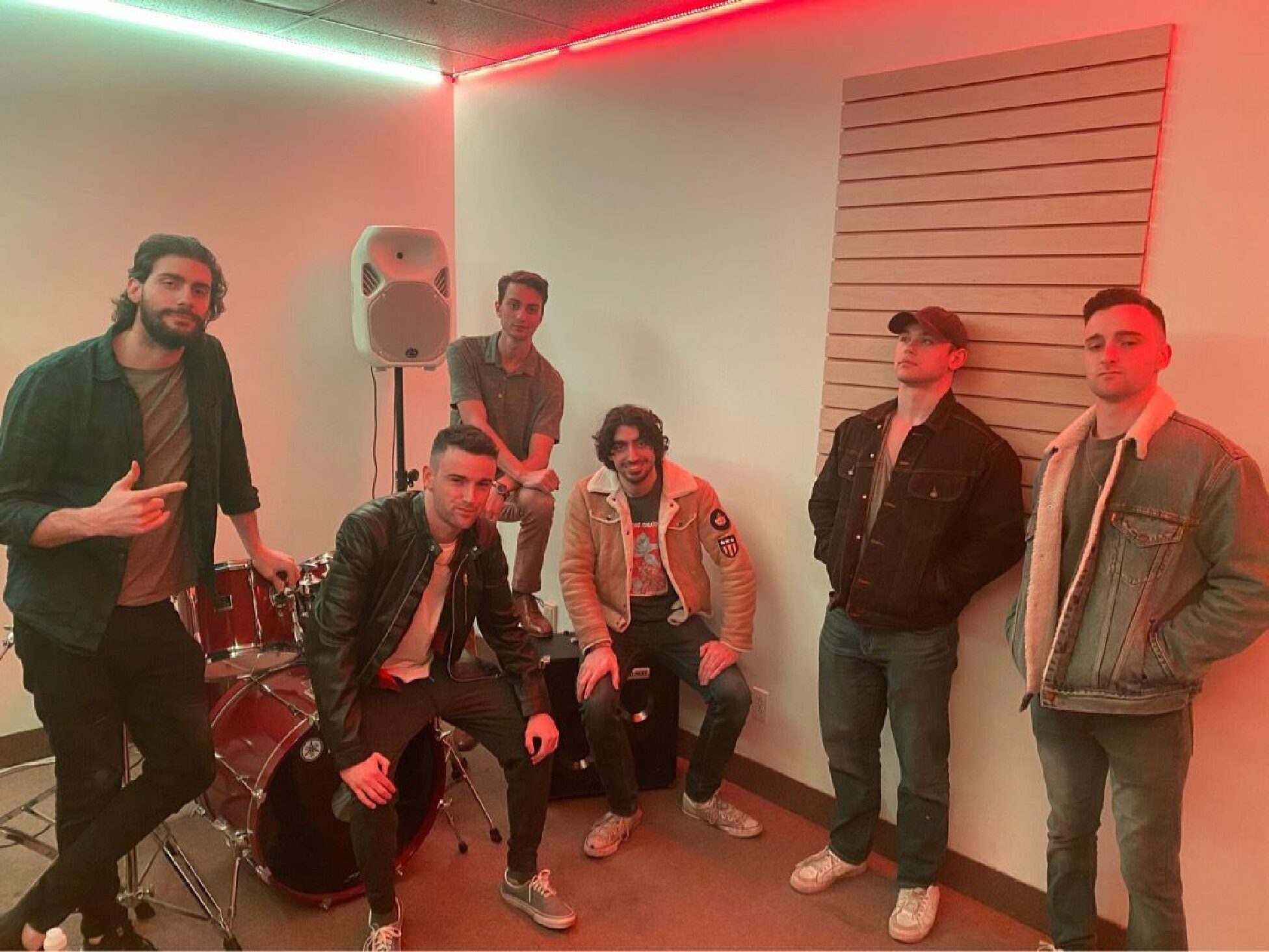Home recordings can be tricky, so here are tips to help with sound quality
There are many reasons people still consider recording music at professional studios; the quality of sound is impeccable, the tracks and beats are prepared in advance and depending on where you go, expert feedback is normally provided. These benefits are compelling sure, but everything comes with a price. So if you’re looking to spend a minimum of $60 an hour for these perks then read no further! For those interested in saving a couple of bucks and channeling those creative skills, you’ve come to the right place.
It’s all about the home studio these days and one of the tricky parts about creating one is knowing what to avoid and what to use to your advantage. Ideally, setting an ambience is prime in deriving the appropriate background noise and overall atmosphere. Recording in a room with furniture, a bed, blankets and stuff in general will help absorb that echoing sound that cheapens the final track. Many microphones are sensitive to humidity, dust, or smoke, so avoid these elements as best you can to ensure the diaphragm stays clean. When placing the mic, it should be level to your mouth and always make sure to stand up when singing; your breaths are deeper and you have more control of your voice.
When it comes to recording instruments, if you own a keyboard, guitar or any type of instrument you can physically play, I suggest that you record yourself playing into your mic and upload the sound the same way you would the voice. Virtual instruments are a pain to use on a computer with keyboard and mouse. Also, avoid acoustic drums if you’re not properly equipped for recording them; the sound won’t be as clean as electric drums.
Ideal equipment will include a microphone, headphones, cables to connect your instruments (if electronic), a computer and a decent recording software. A worthy microphone can be purchased at any local music shop, or electronic store for a minimum of $100. Carbon and dynamic microphones are ideal if you’re on a tight budget, but if you’re looking to really invest, I suggest using ribbon or condenser type microphones because of their sensitivity and ability to pick-up higher frequency sounds. If this is too pricy, your old “Rock band” or “Sing It” mic will do just fine. Headphones are a must when recording, and I would recommend semi open headphones because they offer a perfect balance between sound isolation and sound quality.
Not all recording programs are user-friendly or easy to understand, but the following list includes free software compatible with both mac and PC: Ableton Live, Audacity, Presonus Studio One Free, Cockus REAPER and Zynewave Podium Free. I haven’t had a chance to test each program, but I can vouch for Ableton Live and Audacity; they get the job done.
A few tips to getting it right: the microphone can hear you, so don’t be afraid to add yourself singing back-up vocals. For the perfectionists out there: fresh is best. Record it once and believe in yourself (but if it sounds awful, one more take won’t hurt anybody).




